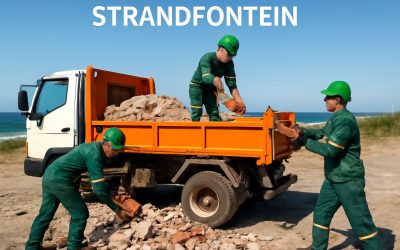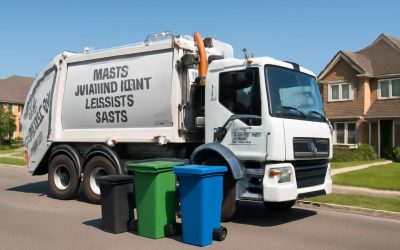
A waste dumping site, also known as a dump, rubbish dump or garbage dump is a large area of land used for storing and disposing of waste materials. Often lined, the rubbish is dumped in layers and covered with a layer of earth. The term landfill is also used to describe a similar type of facility which stores waste in an underground space, usually without covering it.
Open landfills are very common in low income countries, and in some cases they are close to urban areas. The disposal of this unregulated waste poses serious public health, environmental and economic problems for those living in the vicinity of the sites. In addition, the dumping of toxic waste can cause air and ground water pollution with high levels of fecal and total coliforms.
In recent times, the use of these unlined waste facilities has become a major concern with the current focus on sustainability and global climate change. The closure or upgrade of these sites is a necessary step to reduce the potential impact that they are having on the environment.
Household rubbish, which contains organic waste such as paper and plastic, makes up a large proportion of the rubbish dumped at landfill sites. A landfill site will also contain inert waste, which is made up of brick rubble and concrete fragments left over from construction projects. This is typically stored in a separate area of the landfill, as it can react with other waste, contaminating it.
Other types of waste that are deposited in landfills include industrial, commercial and agricultural waste. This includes the byproducts of oil refinery processes, power plants and construction works, as well as farm remains, animal manure and pharmaceutical products. All of these wastes can be highly toxic to the soil and surrounding water resources.
Many of these wastes can be recycled, but some cannot and therefore find their way into landfills. Landfills can also leak, burning through or catching fire due to heat and methane gas. This can cause fires, and when they burn, they release toxic fumes. Leachate from a landfill can also seep into the groundwater supply, contaminating it.
The Bhalswa landfill in Delhi, India is a case in point. Every day, jeeps zigzag across the site as they deposit more garbage on top of a pile that is now more than 62 meters (203 feet) high. Children, women and men work nearby sifting through the garbage, looking for items to sell. The site has been contaminated with dangerous toxins for decades.
An alternative to landfilling is turning the rubbish into energy through a process called gasification. In Europe, this has become the norm and in many cities there are now waste-to-energy plants that serve double duty as architectural landmarks and parks. However, the plants aren’t foolproof and have been subject to failures that have resulted in deaths and serious injuries. These sites should be avoided wherever possible.



0 Comments